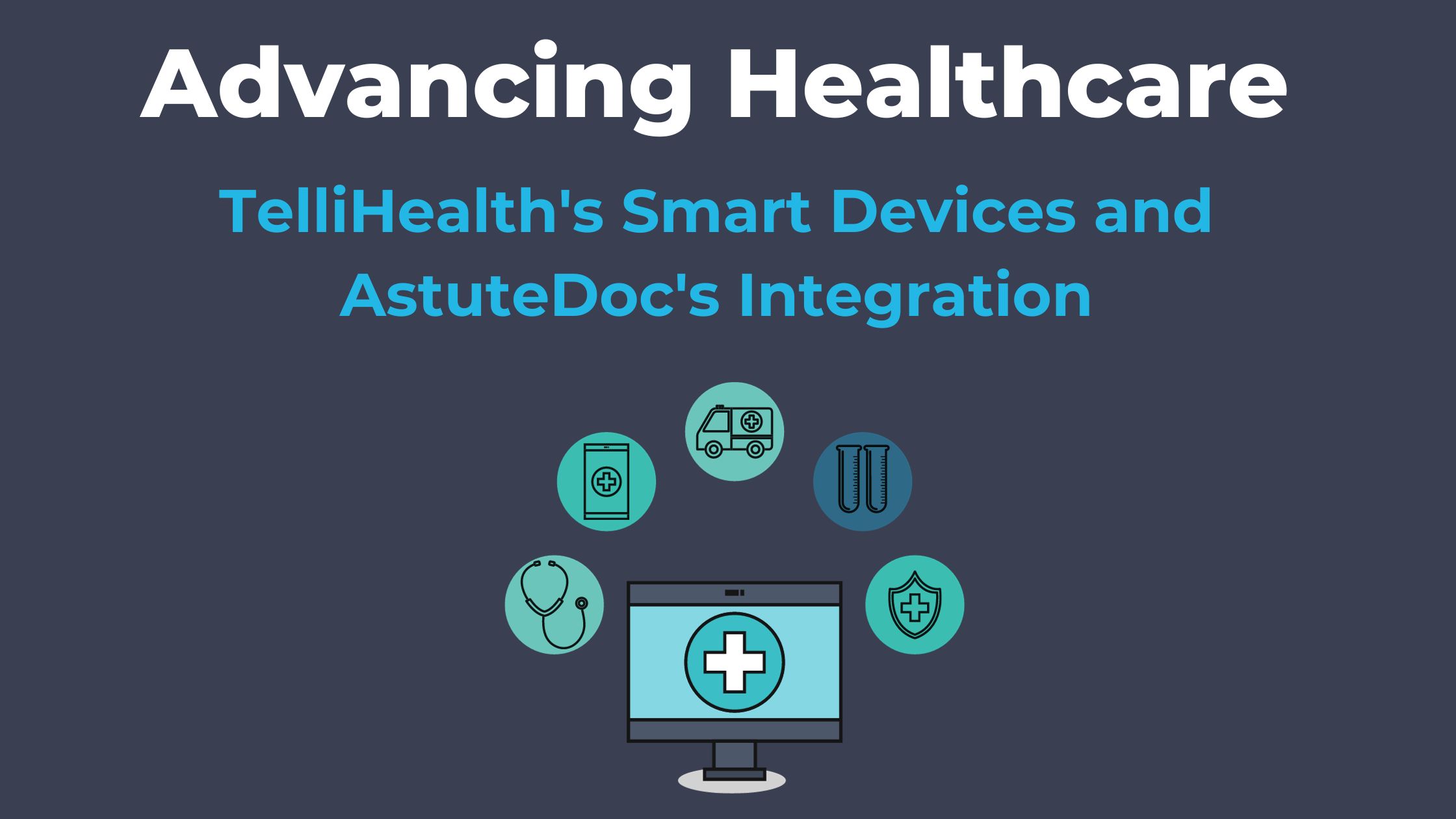All About PHQ9 For Depression Screening
In the multifaceted world of medical diagnostics, tools and instruments come and go, but few stand the test of time as effectively as the PHQ9 has for depression screening. Let’s delve deep into its history, compare it with alternatives, and understand how platforms like AstuteDoc are leveraging it for superior patient care.
A Brief History of the PHQ9
The PHQ9 is a derivative of the Primary Care Evaluation of Mental Disorders (PRIME-MD) diagnostic tool. Conceived in the late 1990s, PRIME-MD was constructed to diagnose a multitude of mental disorders in primary care. Its comprehensive nature, while thorough, made it lengthy and necessitated its evolution into shorter modules — enter the Patient Health Questionnaires (PHQ). Among them, the PHQ9, which focuses solely on depression, quickly rose to prominence due to its succinctness, reliability, and user-friendly design.
Alternatives to PHQ9
A myriad of depression screening tools are available, such as:
- Beck Depression Inventory (BDI): A 21-item instrument, BDI is one of the pioneering tools for depression assessment. It’s exhaustive compared to the PHQ9 but can be lengthier, potentially leading to patient fatigue.
- Hamilton Depression Rating Scale (HAM-D): A clinician-rated scale, HAM-D is meticulous and can be highly effective. However, it mandates a trained clinician for administration, making it less feasible in all settings, notably primary care.
- Center for Epidemiologic Studies Depression Scale (CES-D): Initially developed for research, CES-D is a 20-item test. Despite its detail, it hasn’t achieved as broad adoption in clinical arenas as the PHQ9.
Why PHQ9 Stands Out
While counterparts like BDI and HAM-D have their respective merits, PHQ9 offers notable advantages:
- Brevity and Simplicity: Its concise nine questions minimize patient fatigue and maximize response precision. Its straightforward design ensures comprehension across diverse patient demographics.
- Versatility: Beyond mere diagnosis, PHQ9 gauges depression severity, informs treatment modalities, and aids in tracking treatment outcomes, rendering it a versatile solution.
- Widespread Adoption: Its ubiquity ensures PHQ9 results are easily interpretable by a plethora of healthcare professionals, fostering optimal multidisciplinary collaboration.
PHQ9 and AstuteDoc: A Perfect Marriage
AstuteDoc’s platform marries the foundational strengths of the PHQ9 with modern automation. The result? Accelerated, streamlined screenings and the capability for longitudinal tracking. This symbiosis ensures patient care remains both consistent and data-informed.
In Summary
The journey of medical diagnostics has witnessed a plethora of tools aimed at addressing the monumental challenge of diagnosing and managing depression. Yet, the PHQ9, with its unparalleled blend of simplicity, depth, and adaptability, has emerged as the gold standard. In the contemporary era of digital healthcare, platforms like AstuteDoc maximize its potential, ensuring patients receive timely, efficacious, and encompassing care.



